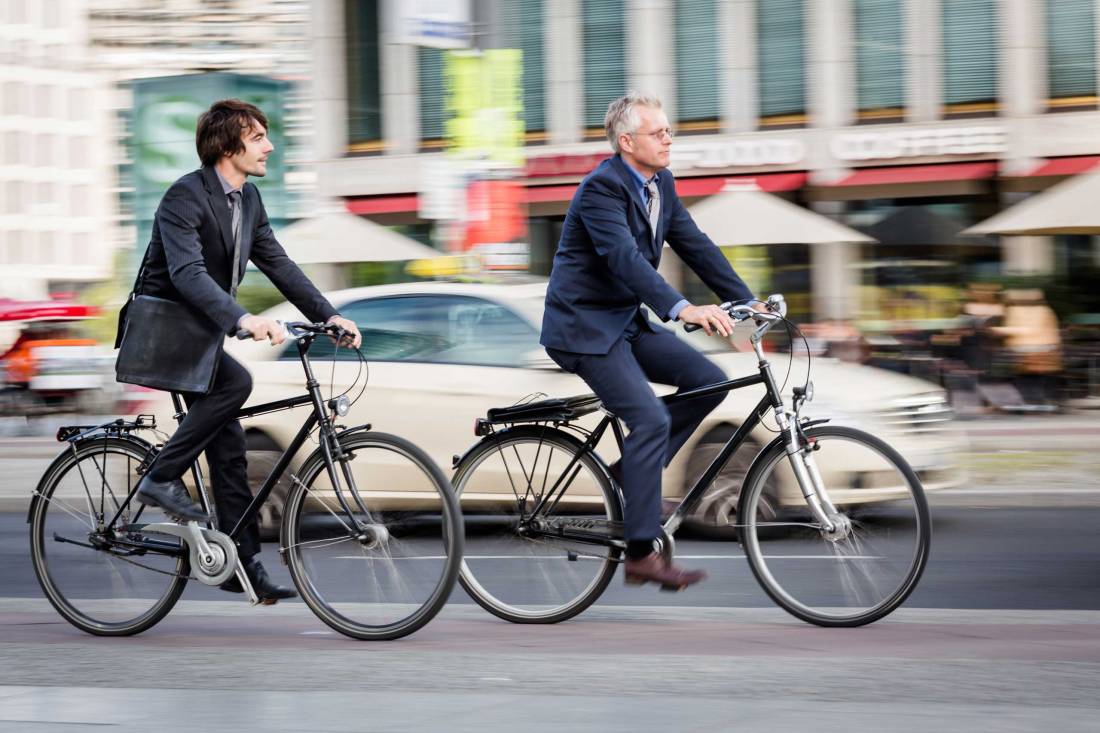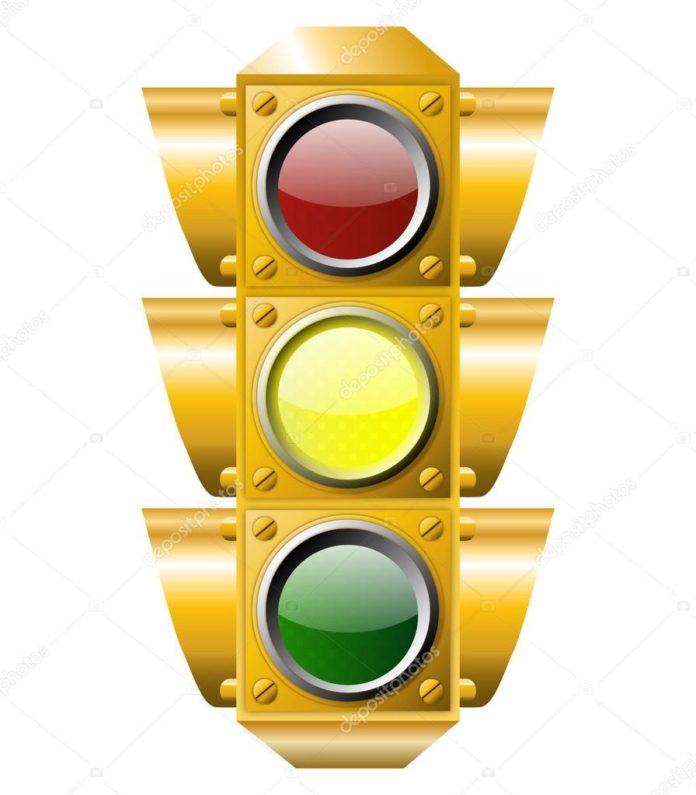Bicycles have grown wildly popular in both US and European cities. According to the League of American Bicyclists (which endorses none of this), bike use has risen 39 percent nationally since 2001. In the seventy largest US cities, commuter bike use is up 63 percent. Leading the pack is San Francisco, where I bike to work most days; Chicago, New York, and Washington have also seen huge increases. European cities, which generally had a head start, have also seen an increase in bike commuting. The growing ubiquity of City Bikes (public rental bikes designed for short urban commutes. In London, “Boris Bikes” after the mayor who sponsored them) has accelerated this trend. In China, these bikes are rentable with a smart phone app and you can leave them anywhere.
Cycling is safe. Mile for mile, your odds of dying while walking or cycling are essentially the same. Surprisingly, even with more cyclists on the road, fewer cyclists are getting killed by cars. From 1995 to 1997, an average of 804 cyclists in the United States died every year in motor-vehicle crashes. During an equivalent three-year period from 2008 to 2010, that average fell to 655. (The number rose again in 2011; not clear why). Credit does not appear to be because of bike helmets, which continue to generate serious debates. On balance, they seem to prevent death from skull fractures but do little to prevent brain injury from concussion. They also deter a lot of riders.
 Traffic laws that slow cars down make a big difference. According to the Economist, dying while cycling is three to five times more likely in America than in Denmark, Germany or the Netherlands mainly due to cars traveling more than 30 mph. Europe frequently has traffic “calming” laws to slow cars down when bikes are nearby. It also helps pedestrians: A pedestrian hit by a car moving at 30mph has a 45% chance of dying; at 40mph, the chance of death is 85%, according to Britain’s Department of Transport.
Traffic laws that slow cars down make a big difference. According to the Economist, dying while cycling is three to five times more likely in America than in Denmark, Germany or the Netherlands mainly due to cars traveling more than 30 mph. Europe frequently has traffic “calming” laws to slow cars down when bikes are nearby. It also helps pedestrians: A pedestrian hit by a car moving at 30mph has a 45% chance of dying; at 40mph, the chance of death is 85%, according to Britain’s Department of Transport.
The British gather better national data on cycling accidents than anyone else, although they appear to be worse statisticians (they unhelpfully conclude that most bike accidents occur during those hours when people ride bikes, for example). Nonetheless, they document a finding that will surprise no experienced urban cyclist: “Almost two thirds of cyclists killed or seriously injured were involved in collisions at, or near, a road junction…” In other words, cars kill cyclists at intersections.
Knowing this, the single largest safety priority of every urban cyclist must be to avoid cars where possible; yield to them where not. Making this your number one safety priority brings with it some surprising implications.
When biking in a city, all traffic lights are yellow
Distrust green lights. More cyclists die at green lights than red ones because more cyclists enter intersections on green lights. Too often they believe they are safe, but at a green light, a car motoring beside you will suddenly turn right or an oncoming care will turn left without signal or notice. Pedestrians will jaywalk your green light. Green lights are dangerous, partly because they appear safe. A smart cyclist treats a green light like a yellow one: slow down and prepare to stop.
Proceed on red if the intersection is empty. Remember, your top priority is to avoid cars, which at red lights are politely standing still. If it is a normal city intersection that is empty and you can see nobody is approaching from any direction, then go. Ride through the intersection and enjoy 100-200 yards of traffic-free riding. You are very unlikely to die at an empty intersection. Note that this rule emphatically does not apply to high speed intersections, which cyclists should simply avoid altogether. Nor is this is a strategy for speeding up your trip: like drivers, cyclists in a hurry are a menace.
In short, when biking in a city, all traffic lights are yellow. Avoiding cars means stopping on green when you must and going on red when you can.






